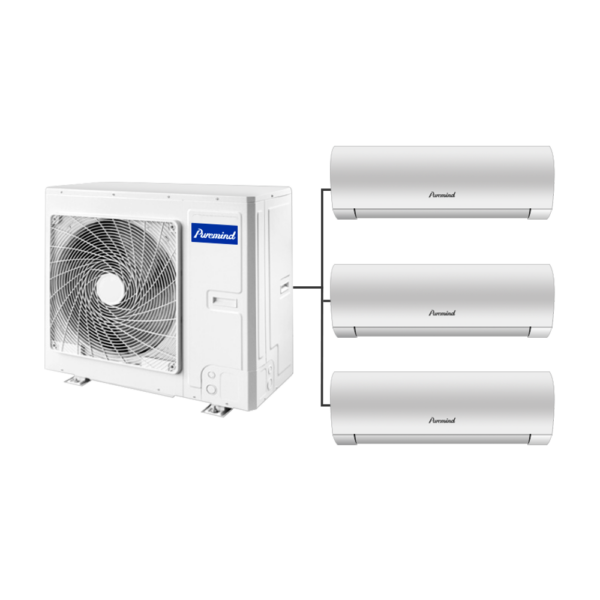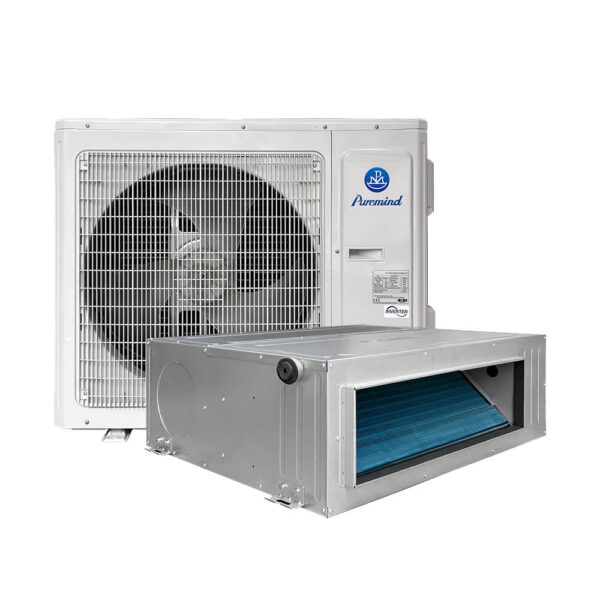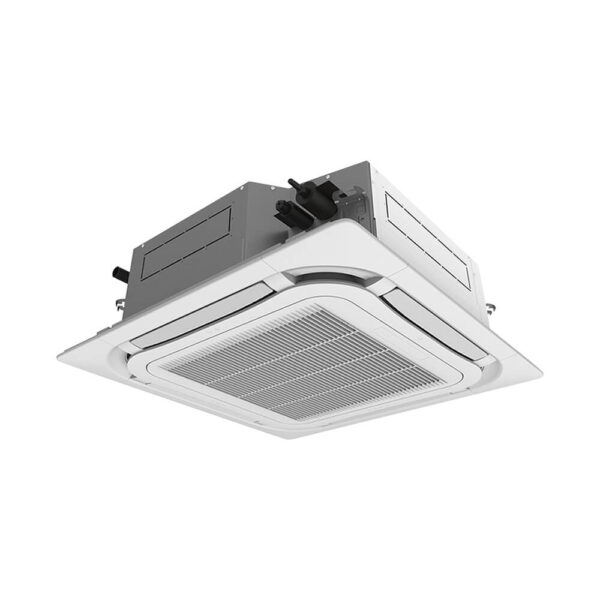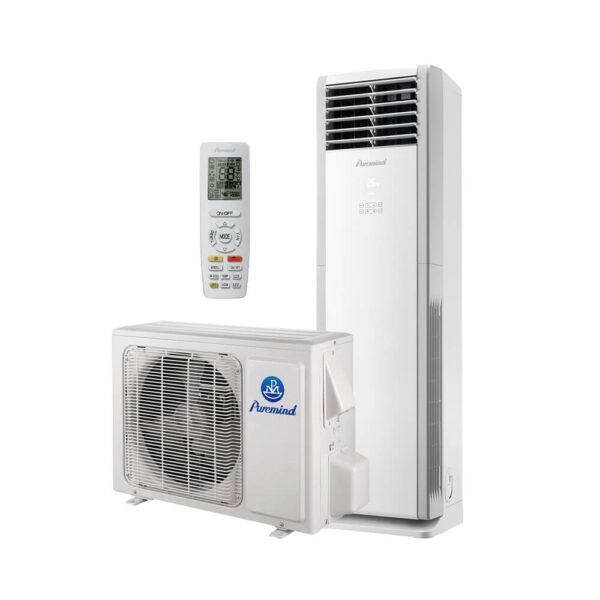HVAC for Manufacturing Plants: Optimizing Climate Control for Industrial Efficiency
In the industrial sector, maintaining the right indoor environment is not just about comfort — it’s about productivity, safety, and compliance. HVAC for manufacturing plants plays a vital role in regulating temperature, humidity, and air quality, ensuring that machinery operates at peak efficiency and workers remain safe and comfortable. This guide explores the key components, system options, and best practices for implementing HVAC solutions tailored to manufacturing environments.
Why HVAC is Crucial for Manufacturing Plants
Manufacturing plants often deal with unique environmental challenges, such as excessive heat from equipment, airborne contaminants, and strict ventilation requirements. A robust HVAC system addresses these issues while also improving operational efficiency.
- Temperature Control: Prevents overheating of machinery and protects sensitive products.
- Humidity Regulation: Maintains optimal moisture levels for processes and material integrity.
- Air Quality Management: Reduces dust, fumes, and pollutants that can harm workers and equipment.
- Energy Efficiency: Modern systems reduce utility costs and carbon footprint.
Key HVAC Challenges in Manufacturing Plants
Unlike offices or retail spaces, manufacturing facilities require specialized HVAC solutions to cope with demanding conditions.
- Large open spaces with high ceilings
- High heat loads from industrial machinery
- Need for zone-specific climate control
- Stringent air filtration requirements
- Compliance with OSHA, ASHRAE, and local regulations
Types of HVAC Systems for Manufacturing Environments
Choosing the right HVAC system depends on the size of the facility, the nature of production, and environmental conditions.
1. Rooftop Units (RTUs)
Packaged rooftop units are common in large industrial buildings. They provide both heating and cooling, and are relatively easy to maintain.
2. Split Systems
Split systems separate indoor and outdoor components for flexibility and energy efficiency. For a wide range of commercial-grade split air conditioners, see our product catalog.
3. Variable Refrigerant Flow (VRF) Systems
VRF technology allows simultaneous heating and cooling in different zones, ideal for facilities with varying climate needs.
4. Chilled Water Systems
Used in large-scale manufacturing plants, these systems provide reliable cooling for both equipment and ambient spaces.
5. Dedicated Outdoor Air Systems (DOAS)
These systems bring in fresh air independently from the main HVAC system, ensuring proper ventilation and indoor air quality.
Essential Components of an Industrial HVAC System
- Air Handlers: Circulate and filter air.
- Ductwork: Distributes conditioned air throughout the facility.
- Filtration Systems: Remove particulates, fumes, and contaminants.
- Controls and Automation: Enable precise climate management and energy savings.
- Heat Recovery Systems: Capture waste heat for reuse.
Factors to Consider When Selecting HVAC for Manufacturing Plants
Investing in the right HVAC system requires evaluating multiple performance and cost factors.
- Load Calculations: Ensure the system matches the facility’s heating and cooling demands.
- Energy Efficiency Ratings: Look for high SEER or EER ratings.
- Airflow Requirements: Adequate ventilation for safety and productivity.
- Maintenance Access: Easy servicing to minimize downtime.
- Scalability: Ability to expand or modify the system as production changes.
Benefits of an Optimized HVAC System in Manufacturing
Beyond comfort, a well-designed HVAC system can have a significant impact on operational outcomes.
- Improved Productivity: Workers perform better in controlled environments.
- Reduced Equipment Failures: Temperature stability prevents overheating and mechanical stress.
- Regulatory Compliance: Meets safety and environmental standards.
- Energy Savings: Lowers long-term operational costs.
HVAC Maintenance Best Practices for Manufacturing Facilities
- Regularly replace air filters to maintain air quality.
- Schedule seasonal inspections to detect potential issues early.
- Clean ducts and vents to prevent airflow blockages.
- Monitor energy usage for efficiency improvements.
- Keep spare parts for critical components to reduce downtime.
Trends Shaping the Future of HVAC in Manufacturing
The industrial HVAC sector is evolving with technology and sustainability priorities.
- Smart HVAC Systems: IoT-enabled monitoring for predictive maintenance.
- Renewable Energy Integration: Solar-assisted or geothermal HVAC systems.
- Advanced Filtration: HEPA and UV-C technology for cleaner air.
- Energy Recovery Ventilation (ERV): Captures energy from exhaust air to precondition incoming air.
Case Study: HVAC Upgrade in a Food Processing Plant
A large food processing facility faced issues with high humidity and inconsistent temperatures. By installing a VRF system with DOAS, the plant achieved 30% energy savings and improved air quality, reducing product spoilage rates by 15%.
Conclusion
Effective HVAC for manufacturing plants is a strategic investment that pays off in productivity, safety, and cost savings. By selecting the right system, ensuring proper installation, and maintaining it regularly, facility managers can create a stable and compliant indoor environment. To explore high-performance split systems suitable for industrial applications, visit our split air conditioner selection.







